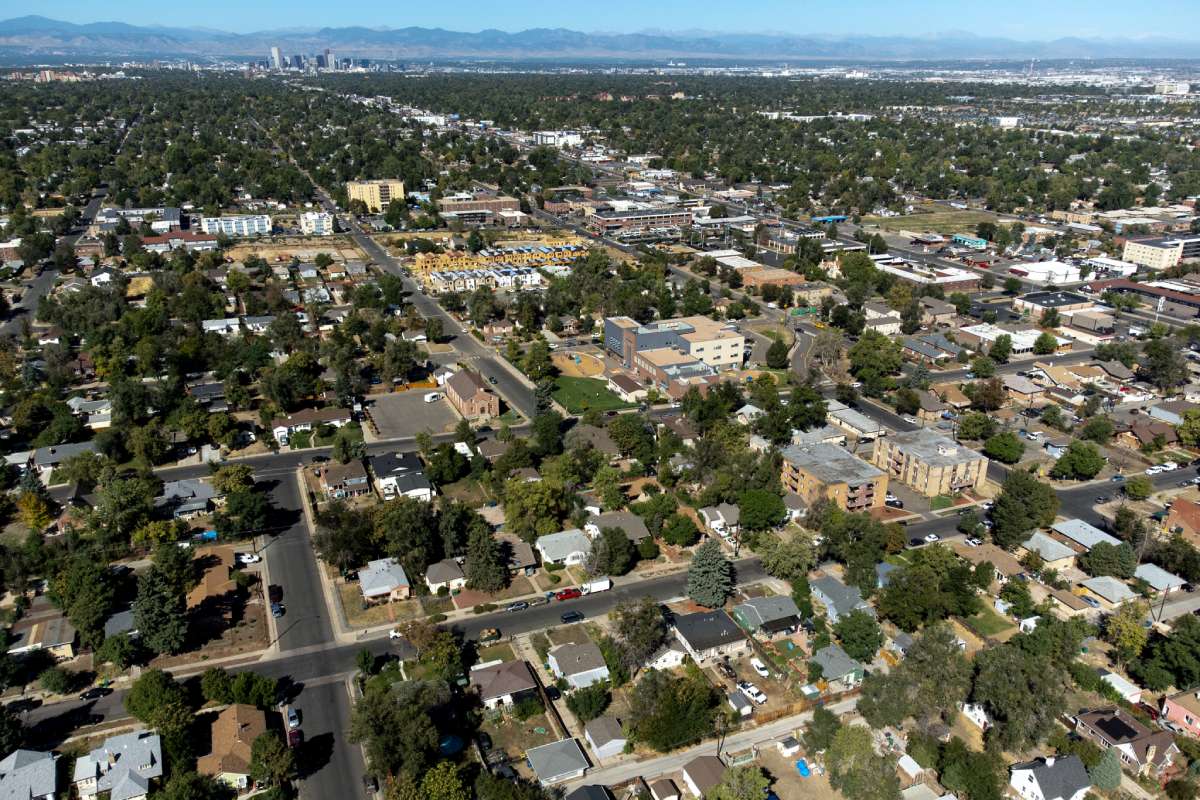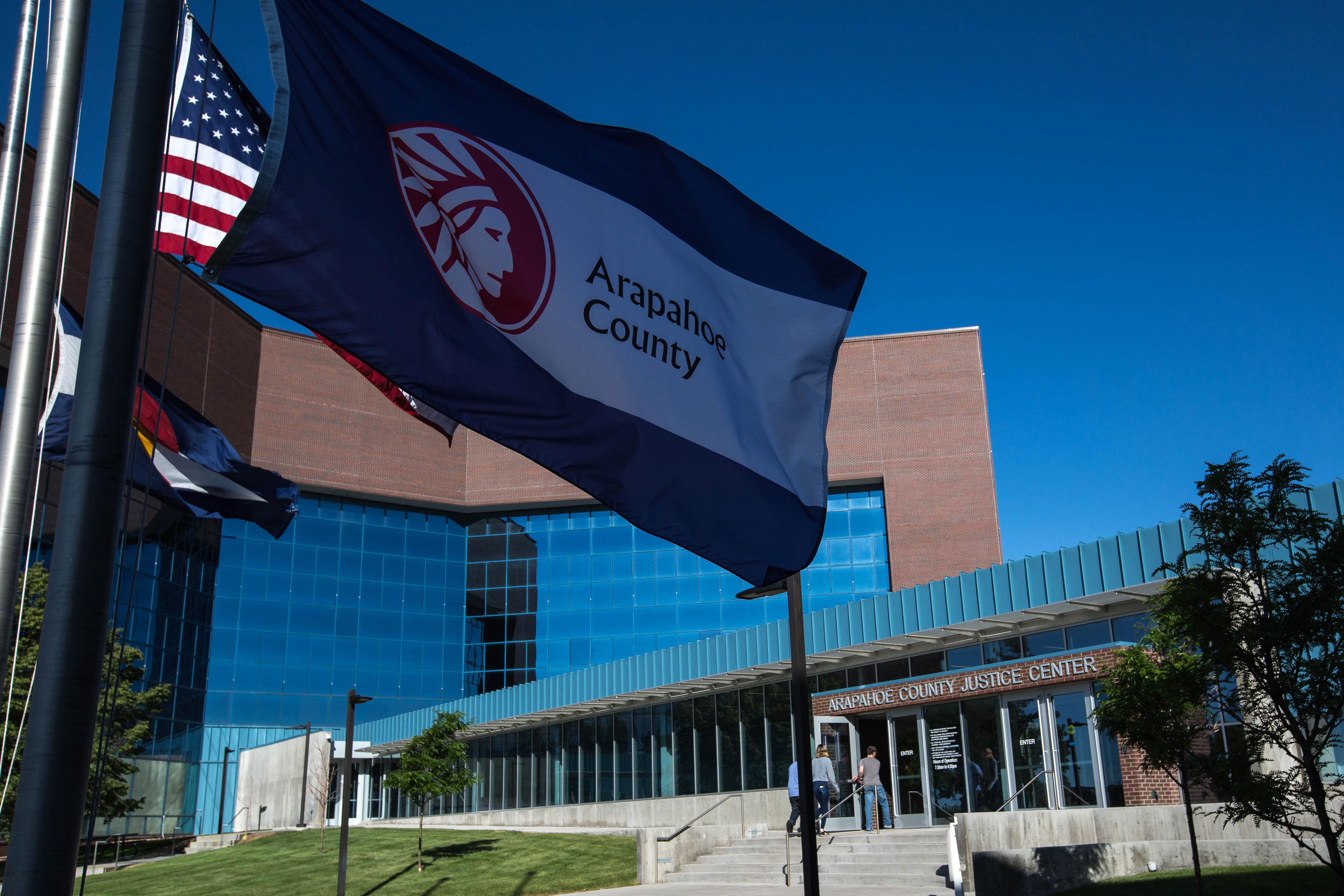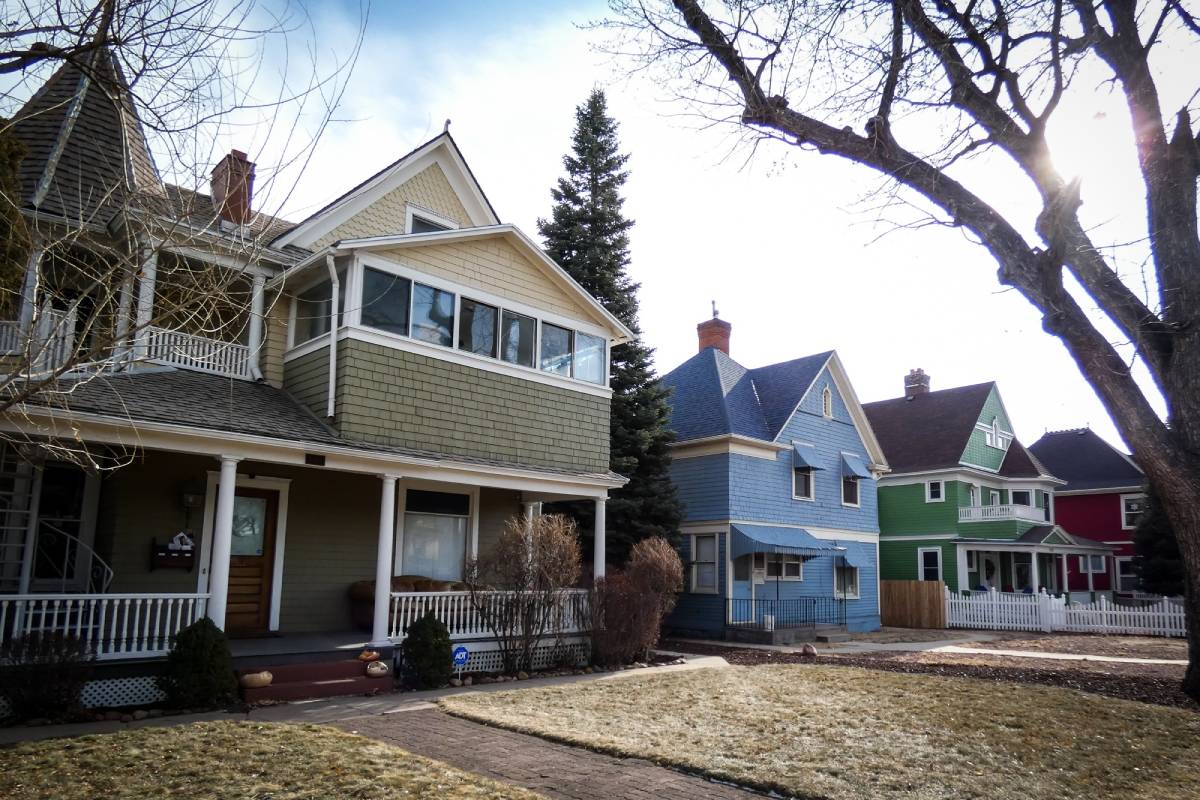This is “Looking UP! in southern Colorado,” from the Colorado Springs Astronomical Society. I’m Hal
Bidlack, and there are lots of reasons to look up in the night sky!
If you look to the east an hour or two after sunset, you will see something shining brilliantly in the eastern sky – the planet Jupiter! In fact, Jupiter is the 4th brightest thing in the sky, after the sun, the moon, and the planet Venus.
Jupiter is an amazing planet. You could put 1,000 Earths inside Jupiter, though because it is made up of mostly gas, it isn’t as dense as Earth, and only weighs 318 times more than our planet. But Jupiter is truly huge! It weighs two and a half times more than ALL the other planets put together!
Because it is so big and relatively close to Earth, even small binoculars will show Jupiter not as a point of light like a star, but a small disk. Large binoculars or a small telescope will let you actually see two amazing things: the tops of the clouds that are the upper atmosphere of Jupiter as well as tiny dots of light near Jupiter that are actually moons going around the planet.
If you are lucky, you will see all four of the large, bright Galilean moons, which are the four moons of Jupiter discovered by Galileo Galilei around January 1610. One of those moons, Ganymede, is actually bigger than the Planet Mercury! We know now that Jupiter has at least 65 moons, which are almost all far too small to see from Earth.
The light and dark bands you see Jupiter are the top layers of an atmosphere that keeps going all the way down. Jupiter has no surface – the gas just gets thicker and thicker as you go deeper. Eventually it becomes a solid, but there is no surface you could stand on. A moderate telescope can help you see Jupiter’s famous Great Red Spot, which is actually a hurricane, as big as three Earths across, that has been blowing on Jupiter for at least 350 years, with winds blowing at 400 mph! Jupiter is spinning so fast that it has the shortest day in the entire solar system, rotating once every 10 hours!
If you’d like to see Jupiter or any of the other wonderful and amazing things in the sky through a telescope, please visit KRCC.org or CSASTRO.org for a link to information on our free public star parties!
This is Hal Bidlack for the Colorado Springs Astronomical Society, telling you to keep looking up, Southern Colorado!








